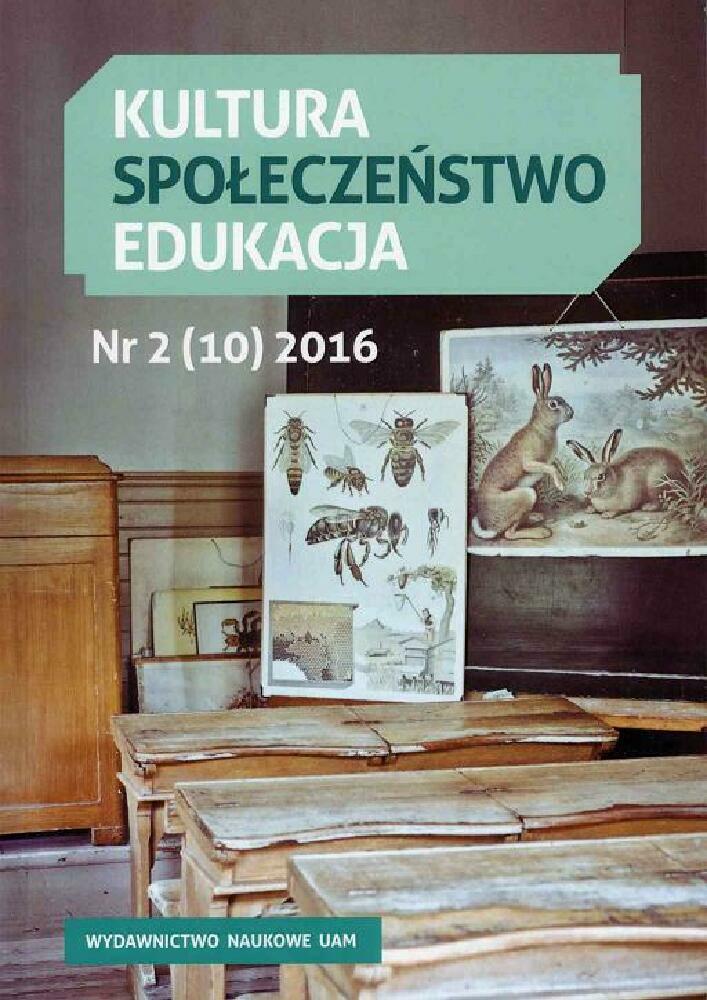Abstrakt
Music therapy and choreotherapy are two extensive term. They do not apply only music, movement and therapy, but they include a lot of modern science, for example: psychology, music psychology, psychotherapy, psychiatry, medicine, pedagogy, special pedagogy, music education, physic education, audiology, acoustics, psychoacoustic, speech therapy, sociology, music philosophy, musicology and diffrent kind of therapy by art and movement. Therefore sound therapy and movement therapy is trans–disciplinary. It is unique thing like music and natural thing like movement. Basic kind of movement with music in therapy and rehabilitation: dance, recreation with music and movement, gymnastic with music and physical improvisation. The effectiveness of methods that use sound and movement in hearing and speech therapy is due to fact that: music and speech include rhythm, melody, tempo, volume, articulation, timbre, phrasing, accents etc.; speech development can coincide with motor development. The movement is main form child’s development. Disorders in the motor development of the child have a direct or indirect impact on the development of the child’s speech. When we teach our child motor development, also we support the development of speech, becouse the brain has one point that connect these two features. Music and movement activities with elements of music therapy, choreotherapy and rhythm therapy trains sense of rhythm, hearing and music memory and it is very important for harmonious and quiet growing up child’s – on a intellectual, physical, emotional and social plane, because of it all of processes that work in adult organism are improved. Main objective of the activities is develop different skills, attitudes and habits.
Bibliografia
Baczała D., Błeszyński J. (red.). (2014). Muzyka w logopedii. Terapia, wspomaganie, wsparcie. Trzy drogi, jeden cel. Toruń.
Gąsienica-Szostak A. (2003). Muzykoterapia w rehabilitacji i praktyce. Warszawa.
Gunia G. (2010). Terapia logopedyczna dzieci z zaburzeniami słuchu i mowy. Wybrane problemy teorii i praktyki surdologopedycznej. Kraków.
Jarkowska A.E. (2004). Muzyka jako element wychowania. Tychy.
Uczeń – zmysły, komunikacja, Stowarzyszenie Przyjaciół Osób Niesłyszących i Niedosłyszących, Instytut Fizjologii i Patologii Słuchu, Warszawa 2004.
Licencja
Prawa autorskie (c) 2017 Agnieszka Konarczak–Stachowiak

Utwór dostępny jest na licencji Creative Commons Uznanie autorstwa – Bez utworów zależnych 4.0 Międzynarodowe.
